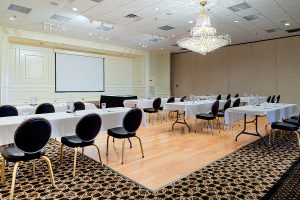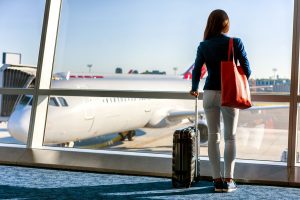 From time to time GovEvents will come across information we feel our members and audience would benefit from. Here's something we wanted to share:
From time to time GovEvents will come across information we feel our members and audience would benefit from. Here's something we wanted to share:
Are you covering all your bases?
At an employee-training event held inside a San Bernardino, California, government building on Dec. 2, 2015, employees were in the midst of the typical office-worker talk that swills around water coolers. Everything seemed to be moving along smoothly. It appeared to be a very good day, partly because the training would wrap up with the office holiday party. Spirits were cheery.
One employee left early but soon returned with his wife. The couple entered the building and opened fire, shooting more than 100 rounds of ammo, killing 14 of his co-workers and wounding another 22. The attackers fled and were later gunned down in a shoot-out with law enforcement on a public street.
On Sept. 11, 2001, 19 Al Qaeda terrorists hijacked four planes that departed from airports in the northeastern United States. The 9/11 attacks killed 2,996 people, injured more than 6,000, and caused at least $10 billion in property and infrastructure damage, and incurred $3 trillion in total costs.
Many meeting planners who worked after the 9/11 attacks have their own horror stories to tell. The country was reeling, and planners had to deal with their own losses, personal as well as professional. There were cancelled flights, high attrition, low conference turnouts, demands for registration refunds and a host of other challenges. Since that fateful day more than 15 years ago, the meeting-planning industry has bounced back, but it has also become complacent. Continue reading


 From time to time GovEvents will come across information we feel our members and audience would benefit from. Here's something we wanted to share:
From time to time GovEvents will come across information we feel our members and audience would benefit from. Here's something we wanted to share:

